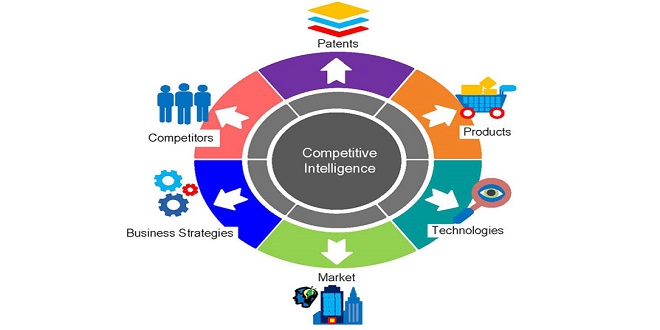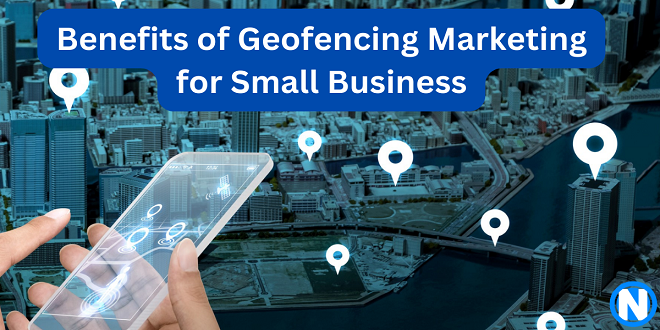What is competitive intelligence

Competitive intelligence (CI) has something of an image problem. The term conjures up an image of elicit activities involving private detectives, telephoto lenses and hidden microphones. While such images are not completely unappealing, they are far removed from the truth. Put simply, CI is a structured, ethical and legal process designed to gather, analyse and distribute data/information relating to current and potential, competitors.
The key to successful CI is the ability to turn basic raw data into actionable intelligence. Actionable intelligence involves providing decision makers with timely, appropriate information which facilitates action. Additionally, CI stresses the need to protect business activities against competitors’ intelligence gathering operations
Competitious social networking for CI
The next generation of CI vehicles may deploy social network as a powerful analytical tool. Competitious, an innovative web-based service, offers clients the opportunity to collaboratively share and manage competitive knowledge.
Co-founders Kris Rasmussen and Andrew Holt aim to provide tools which allow organisations to collectively build an on-going knowledge base about competitive companies or products. The effective use of such information allows users to identify threats, find opportunities and plan future strategy. The concept can be thought of as a social networking specifically focusing on the client’s completive business environment.
Planning and directing
The cycle begins with establishing intelligence requirements. It is important to prioritise information needs and set appropriate timescales/reporting periods. This phase requires a detailed understanding of what business decisions are being taken and how information will be used. When prioritising information it is important to differentiate between targeted intelligence collected to achieve a specific objective and awareness intelligence collecting general information which will be filtered’ in order to build a general picture of the competitive environment. You can check Starmusiq blog to read more information on this topic.
Targeted intelligence is used to resolve specific problems, while awareness intelligence is designed to monitor the competitive environment on an on-going basis. The planning process is concerned with obtaining the correct balance between the two
Collection
Based on established intelligence requirements, a collection strategy is now developed. Pollard (1999) advocates translating key intelligence requirements into more specific key intelligence questions and then identifying and monitoring intelligence indicators. These intelligence indicators are identifiable signals that are likely to precede particular competitor actions
Analysis
Analysis is concerned with converting raw data into useful information. The process involves classification, evaluation, collation and synthesis. Once information has been processed informed judgements relating to competitors’ intent can be established. The classification stage may involve tagging data as (a) primary facts directly from the source (e.g. interviews, annual reports, promotional material, etc.) and (b) secondary reported by third parties (e.g. newspaper comment, books, and analyst’s reports). Data can then be prioritised in terms of importance. When necessary, triangulation can be used to confirm findings





